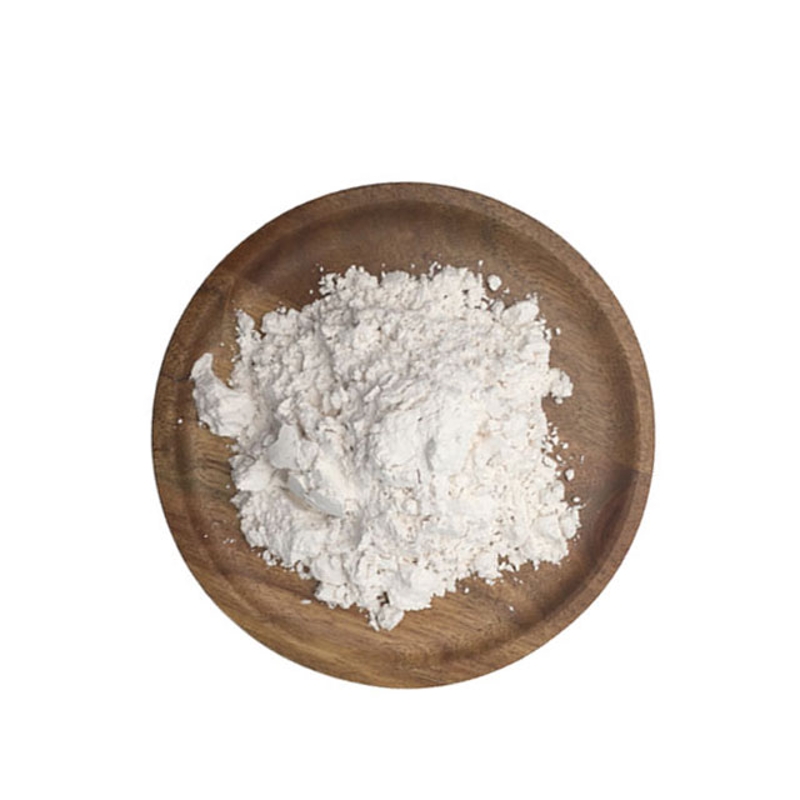-
Categories
-
Pharmaceutical Intermediates
-
Active Pharmaceutical Ingredients
-
Food Additives
- Industrial Coatings
- Agrochemicals
- Dyes and Pigments
- Surfactant
- Flavors and Fragrances
- Chemical Reagents
- Catalyst and Auxiliary
- Natural Products
- Inorganic Chemistry
-
Organic Chemistry
-
Biochemical Engineering
- Analytical Chemistry
- Cosmetic Ingredient
-
Pharmaceutical Intermediates
Promotion
ECHEMI Mall
Wholesale
Weekly Price
Exhibition
News
-
Trade Service
Chronic traumatic enopathy (CTE) is a tau protein disease associated with repeated head impacts (REpetitive head impacts, RHI).
it has been neuropathologically diagnosed among American football players and other contact sports athletes.
In separate reports, age-related tau star-shaped glial cytopathy (ARTAG) around blood vessels is confused with the pathological lesions of CTE, leading people to believe that CTE pathology was found in people who 'didn't know they had experienced multiple blows to the head'.
, however, there is not enough data to consider simple as astrological cell lesions as a diagnosis of CTE.
addition, there is growing evidence that the presence of p-tau immune-reactive astrocytes is a function of age in pathological lesions of CTE, in addition to neuron NFT and neurodegenerative disorders.
2013, McKee and his colleagues proposed a phased program to measure the pathological severity of p-tau, or McKee-CTE.
based on the density of p-tau and regional sedimentation, the four pathological stages of CTE, phase I (mild) -IV (severe), were identified in the phased programme.
the purpose of this paper is to test the practicality of McKee-CTE phased scheme and to examine the regional distribution of p-tau in CTE in detail.
The authors studied the relationship between McKee-CTE phased programmes and semi-quantitative and quantitative assessments of local p-tau pathology, age of death, dementia and the age of American football (average age 61.86, standard deviation 18.90) in 366 male brain bodies diagnosed with CTE.
Analysis of Spearman's rho-related analysis shows that the higher the CTE phase, the higher the semi-quantitative and quantitative evaluation score of p-tau severity and density (p.lt;0.001).
the severity and distribution of CTE p-tau increases with age: the older you get, the greater the chance that CTE will be phased (p.lt;0.001).
CTE phases were independently associated with an increase in the risk of dementia (p.lt;0.001).
K-medoids clustering analysis of the p-tau semi-quantitative scales in 14 regions found that five p-tau clusters met the CTE increase stage (two slightly different clusters in phase IV), the age of death, dementia, and the age of American football.
p-tau's pathology tends to be in five regions: the outer frontal cortical cortical (DLF), the cortical cortical cortical, endothotic cortical, amygdala, and blue spots (LC), where CTE occurs in the youngest brain supply, with the lowest CTE phase limited to DLF and LC.
these findings support the effectiveness of the McKee-CTE phased scheme and demonstrate the regional distribution of p-tau in CTE.
method: The sample included 366 people who had been exposed to RHI and donated their brains to the Department of Veterans Affairs (VA) - Boston University School of Medicine (BU) - Concussion Legacy Foundation (CLF)/Understanding Nerve Injury and Traumatic Encephalopathy (UNITE) brain bank as part of the UNITE study.
samples only included individuals diagnosed with neuropathologically CTE.
of brain donations from the UNITE study were linked to the brain bank by relatives near death.
the rest of the brain donors are recommended by medical examiners, recruited by CLF representatives, or enrolled in brain donation registration in their lifetimes.
criteria for the inclusion of donations are a medical history of exposure to RHI (i.e. contact and collision movements, military service and/or domestic violence), regardless of whether there are symptoms in life.
if the interval between deaths exceeds 72 hours, the donor is excluded.
IRB, through the Boston University School of Medicine (BUMC), obtained approval from the Institutional Review Board (IRB) for brain donation, posthumous clinical records reviews, interviews with line people, and neuropathological assessments.
: The results of this study support the usefulness of the McKee-CTE phased scheme in assessing the pathological severity of CTE and its continued use in CTE studies.
results further demonstrate the unique regional distribution of p-tau pathology in CTE and the severity of p-tau in CTE associated with the age of older people, dementia and American football.
Alosco, M.L., Cherry, J.D., Huber, B.R. et al. Featuring tau deposition in chronic between enopathy (CTE): utility of the McKee CTE staging scheme. Acta Neuropathol (2020). Source: MedSci Originals !-- Content Presentation Ends -- !-- To Determine If Login Ends.







